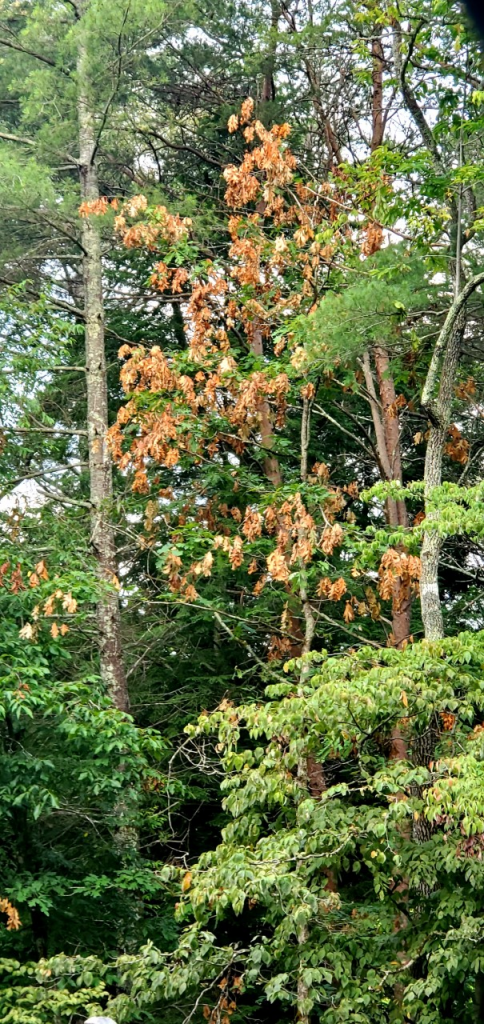The emergence of “Brood X” exceeded expectations in North Georgia, as those of us who happened to reside in the “cicada zone” observed droves of periodical cicadas emerging in huge numbers. Over the past month, the song of male periodical cicada has faded and we’re seeing less and less of these fascinating insects.
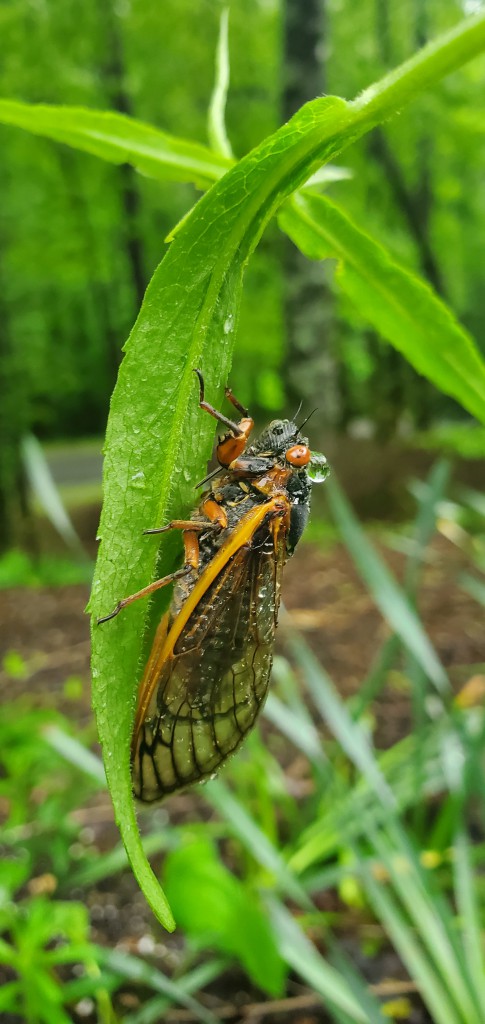
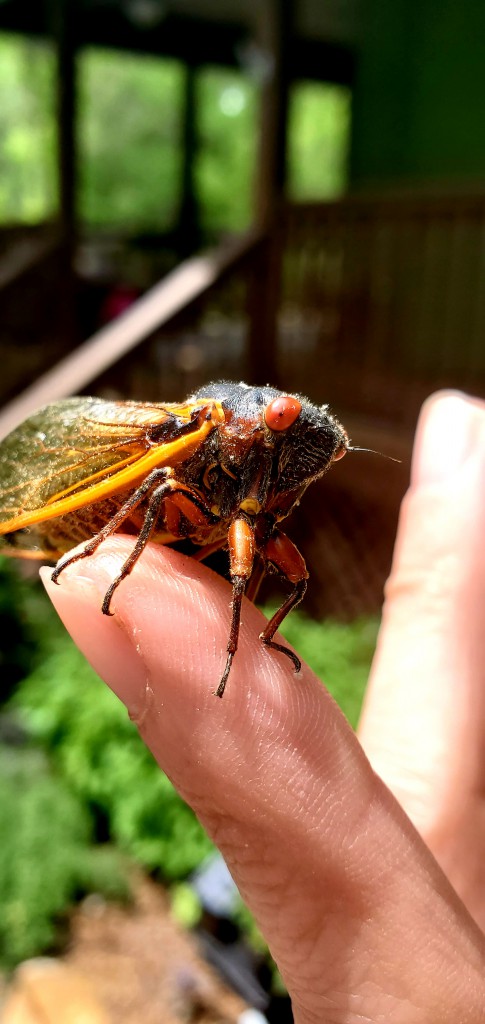
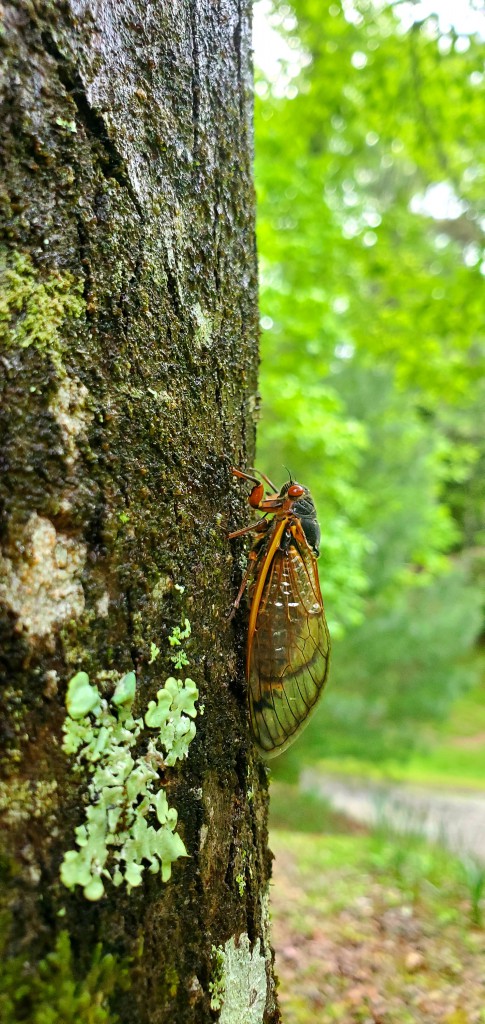
When it comes down to it, people are worried about our fabulous oak trees and are curious about what is happening to them. This is understandable, as in some areas the flagging is extensive and quite dramatic. This year, my home was right in the middle of a very active portion of the cicada zone in Gilmer County and I can confirm that I’ve observed a direct correlation with certain areas I cited as having high concentrations of cicadas several weeks ago with the degree of flagging I’m seeing now.
While cicadas have been known to lay eggs on over 200 types of trees, they do have their favorites. While evergreens are rarely used for egg laying, some of the trees that are most susceptible to cicada damage include species in the following genera: oaks (Quercus), maples (Acer), cherry, (Prunus), hawthorn (Crataegus), and redbud (Cercis). Despite these insects having a wide variety of trees from which they may choose to lay their eggs, in our area, I’ve noticed a strong preference for oaks and maples.
While trees showing signs of dieback or “flagging” may appear to be injured, there really is nothing to worry about here. This damage is not serious and any mature, established tree that has flagging will easily replace any shoots that have been broken or “pruned” by the cicadas. If desired, you may simply prune out any damaged branches that you can reach safely.
So, how exactly does flagging occur? As described by UGA Entomologist, Dr. Hinkle, “a periodical cicada begins life as a rice-shaped egg, which the female deposits in a groove she makes in a tree limb, using her ovipositor”, which is a tube-like organ many female insects have that is used for laying eggs. The groove the female makes in the tree limb provides shelter and protects the newly-hatched cicada nymph.
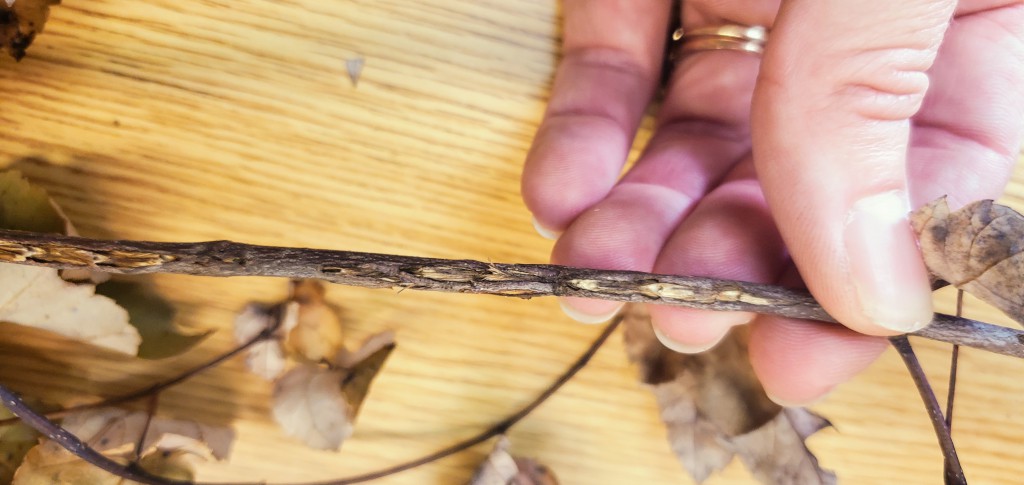
These grooves can sometimes kill a tree’s small branches. When the twigs die and the leaves turn brown, it is called “flagging”. This is “nature’s pruning service,” trimming off the tree’s weakest portions so that they don’t break off and cause more damage in next winter’s ice storms.
When the cicada hatches from the egg it looks like a termite or small white ant. Once the young cicada is ready, which is usually just a few days after hatching, the nymph crawls from the groove and falls to the ground where it will dig until it finds the roots of its host tree where it will imbibe fluids from the tree roots for 17 years. That’s a pretty long time, and a lot can happen in the interim time period. Which, prompts me to mention another factor about the emergence of Brood X.
Across both Fannin and Gilmer counties, I noticed highly variable populations – locations with heavy flagging were often surrounded by areas with little to no flagging. While this may be somewhat normal for a 17-year periodical cicada emergence, another possible reason for the discontinuity in distribution could be attributed to elimination of nymphs in those areas due to soil disturbances, such as the removal of trees (their food supply) and other soil disturbances. Construction and the removal of trees and clearing of forested areas can certainly have an impact on our wildlife populations and cicadas are no exception.
Despite these disturbances, Nature always manages to find a way and I feel privileged that I got to experience one of Nature’s oddities. Now that the main event has passed and we’re starting to see flagging, you can bet that the next brood of cicadas will soon be active underground, tunneling, feeding, and growing. The Brood X cicada nymph will stay underground for 17 years, emerging as an adult in 2038.
